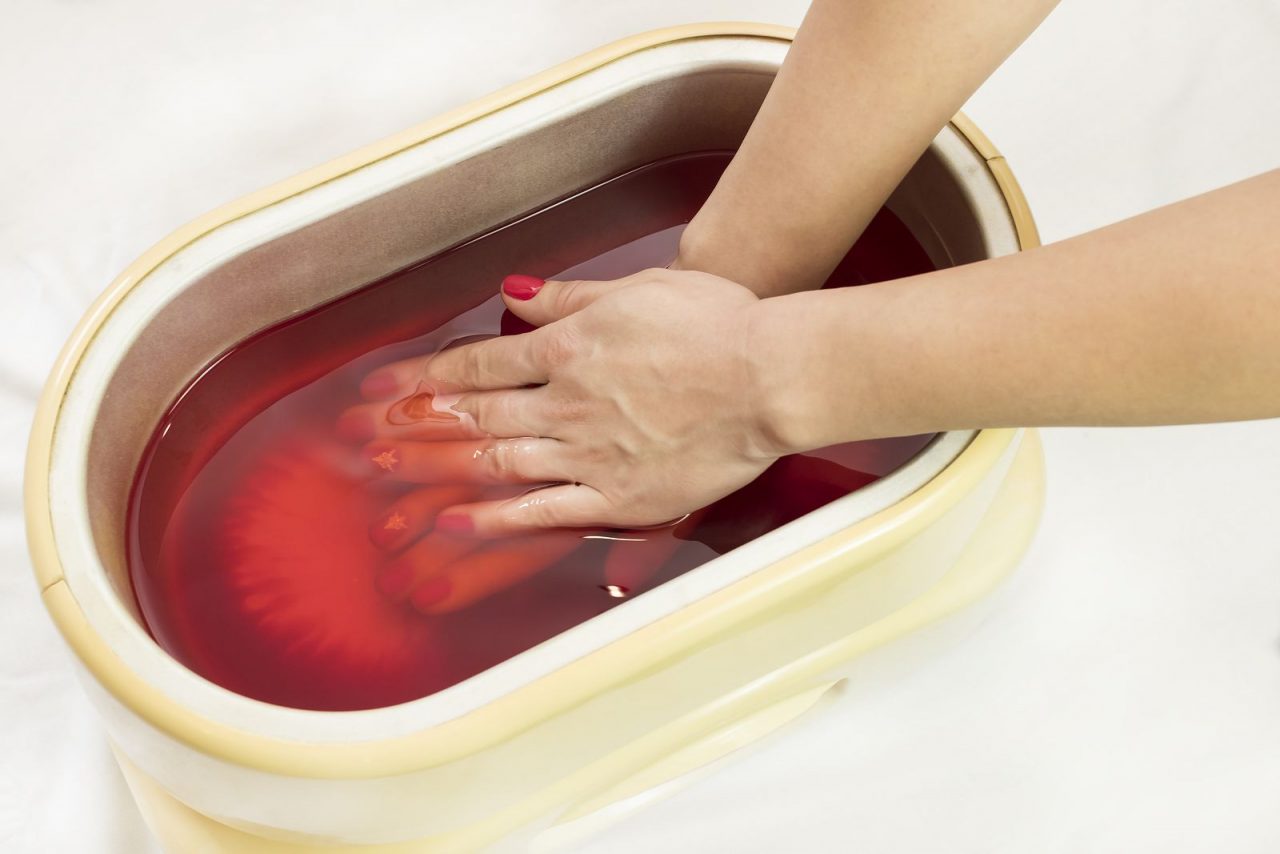For the embedding of histological samples to be observed under the light microscope, paraffin is mainly used, and to a lesser extent celloidin, as embedding medium.
Paraffin is a waxy-looking substance that is made up of mixtures of saturated hydrocarbons. At room temperature it is solid and its melting point can vary between 40 °C and 70 °C depending on the composition of the hydrocarbon mixture. Thus, harder paraffins at room temperature have a higher melting point, while softer ones have a lower one. A higher hardness is recommended to include harder samples.
The most used paraffins
They have a melting point around 60 °C. The characteristics of paraffins can be modified by adding substances to vary their hardness, viscosity, brittleness, etc.
Paraffin is not miscible with water, while all tissues are mainly made up of water. Also, most fixatives are aqueous solutions. This implies that for the liquid paraffin to be able to completely penetrate the tissue, the water must be replaced by an organic solvent. This is achieved by dehydrating the tissue in alcohols, usually ethanol. The dehydration must be complete because otherwise it will affect the subsequent infiltration of the paraffin. Subsequently, the tissue is transferred to a liquid that is miscible with both 100° alcohol and paraffin; intermediate substance, such as benzene, xylene, toluene or propylene oxide, among others.
These substances are normally lightening, so by checking the translucency of the piece we can make sure of the penetration of the intermediate substance into the tissue.
Incubation time
The piece in some of these intermediate liquids such as toluene or xylene should not be excessive since these substances harden the piece and create problems when making the sections.
Finally, the previously liquefied tissue is passed in an oven regulated at the appropriate temperature for that type of paraffin. Three passes through liquid paraffin are given to favor a complete replacement of the intermediate liquid by paraffin. The time that these steps last depends on how volatile the intermediate liquid is and how big our piece is. It will be greater the less volatile the intermediate liquid or the larger the tissue sample. Keep in mind that excessive time in paraffin can harden the tissue. However, the effects of poor infiltration can be more detrimental than keeping samples in liquid paraffin for a long time. After complete embedding of the sample, liquid paraffin is poured into a mold, the sample is introduced and positioned according to the desired section orientation and allowed to solidify at room temperature.
The dispenser is the equipment used to include the sample
In this process, its objective is to put the different tissue samples in metal molds, filling them with liquid at a temperature of 55-60 °C and then they are placed in a refrigerated chamber at -4 °C, until the paraffin hardens, ready to pass. to receive the cuts.
Two types of paraffins are used in the histological routine: Soft Paraffin, whose melting point is between 42º and 46º C, is used during the pre-impregnation with the purpose that the tissues begin to infiltrate quickly with this paraffin, due to which has lower viscosity. Subsequently, the samples are immersed in a Hard Paraffin bath (melting point: 56º – 58º C), whose degree of hardness is higher and facilitates sectioning with a microtome. During paraffin embedding, it must be remembered that the side of the specimen to be observed under the microscope must make contact with the bottom of the mold.
At Kalstein we have paraffin dispensers at your disposal that facilitate work in the pathology laboratory. We invite you to consult the available equipment HERE

